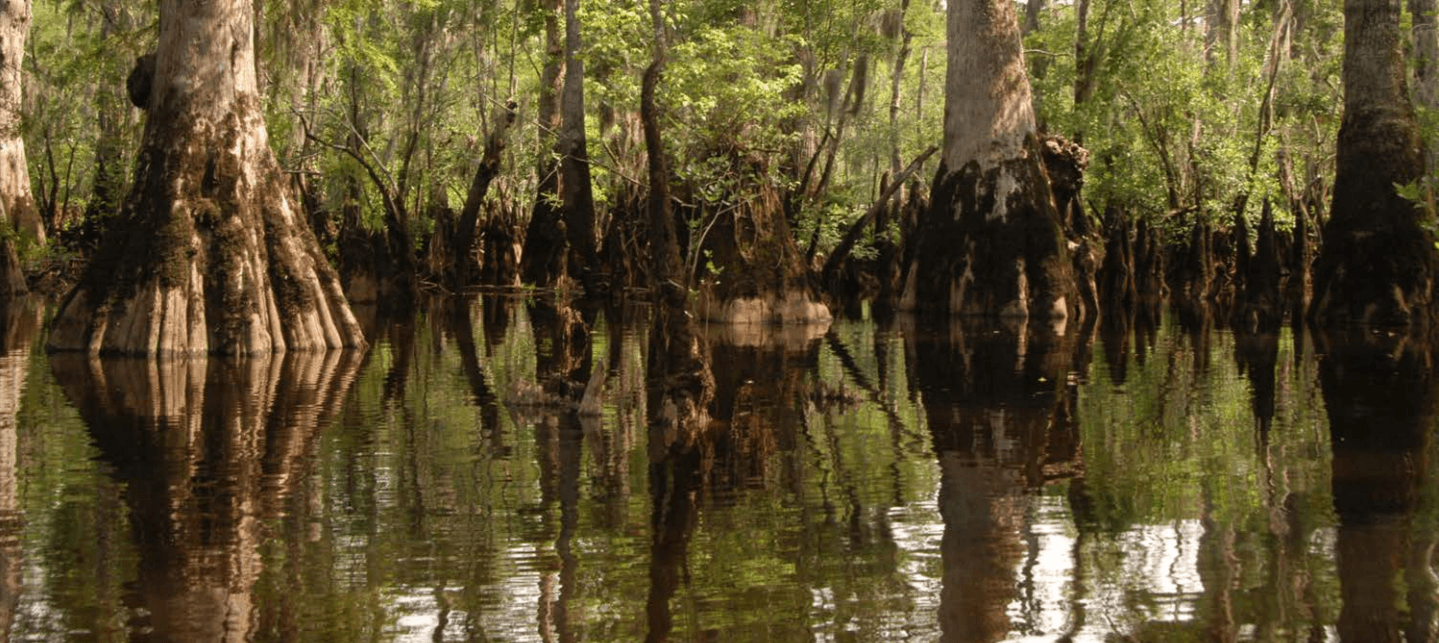
The Black River Project
A plan to create a Black River State Park from some of the land owned by The Nature Conservancy is under consideration in North Carolina. However, recent research indicates that hundreds of additional acres of ancient bald cypress forests are not protected along the Black River and other black water streams in the vicinity. Unfortunately, continued logging, biomass harvesting, and land development threaten all old-growth cypress stands on the Black River and elsewhere not specifically protected by The Nature Conservancy or other organizations.
The Black River Project seeks to identify all uncut and unprotected ancient bald cypress forests on the Black River and elsewhere in North and South Carolina. The goals are to:
- advance the Ancient Bald Cypress Consortium for Research, Education, and Conservation;
- precisely map and visualize all remaining old-growth bald cypress stands in the Carolinas;
- train the next generation of conservation scientists in remote sensing and geospatial analysis;
- document tree age with dendrochronology, especially the oldest individuals over 2,000 years old;
- develop a public education program with oral, written, web, and video communications;
- promote conservation management of all remaining public and private ancient cypress forests.
Dr. Stahle of the University of Arkansas directs this project and supervises the undergraduate and graduate students involved with our research, education, and conservation activities. The Black River retains the oldest living trees in eastern North America and some of the oldest trees in the world. But ancient bald cypress stands are known to exist elsewhere in the Southeast, and this project hopes to locate all remaining old-growth cypress forests in the Carolinas. This accurate mapping will be vital, and the discovery of some trees over 2,000 years old may inspire others to contribute to the understanding and conservation of these remarkably ancient forests. The Ancient Bald Cypress Consortium unites federal and state agencies, private organizations, universities, and interested citizens in the promotion of research, education, and conservation in the old-growth bald cypress-bottomland hardwood forest ecosystem throughout the southeastern United States.
